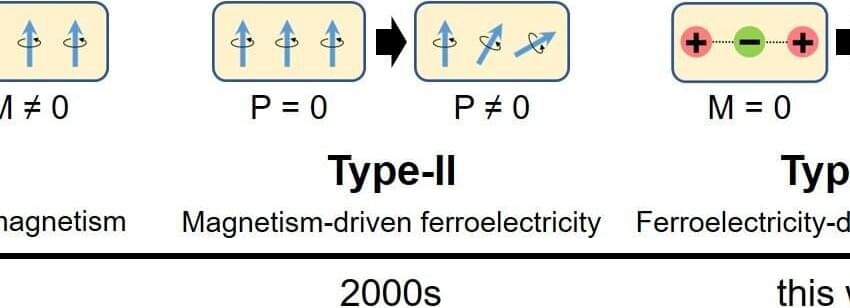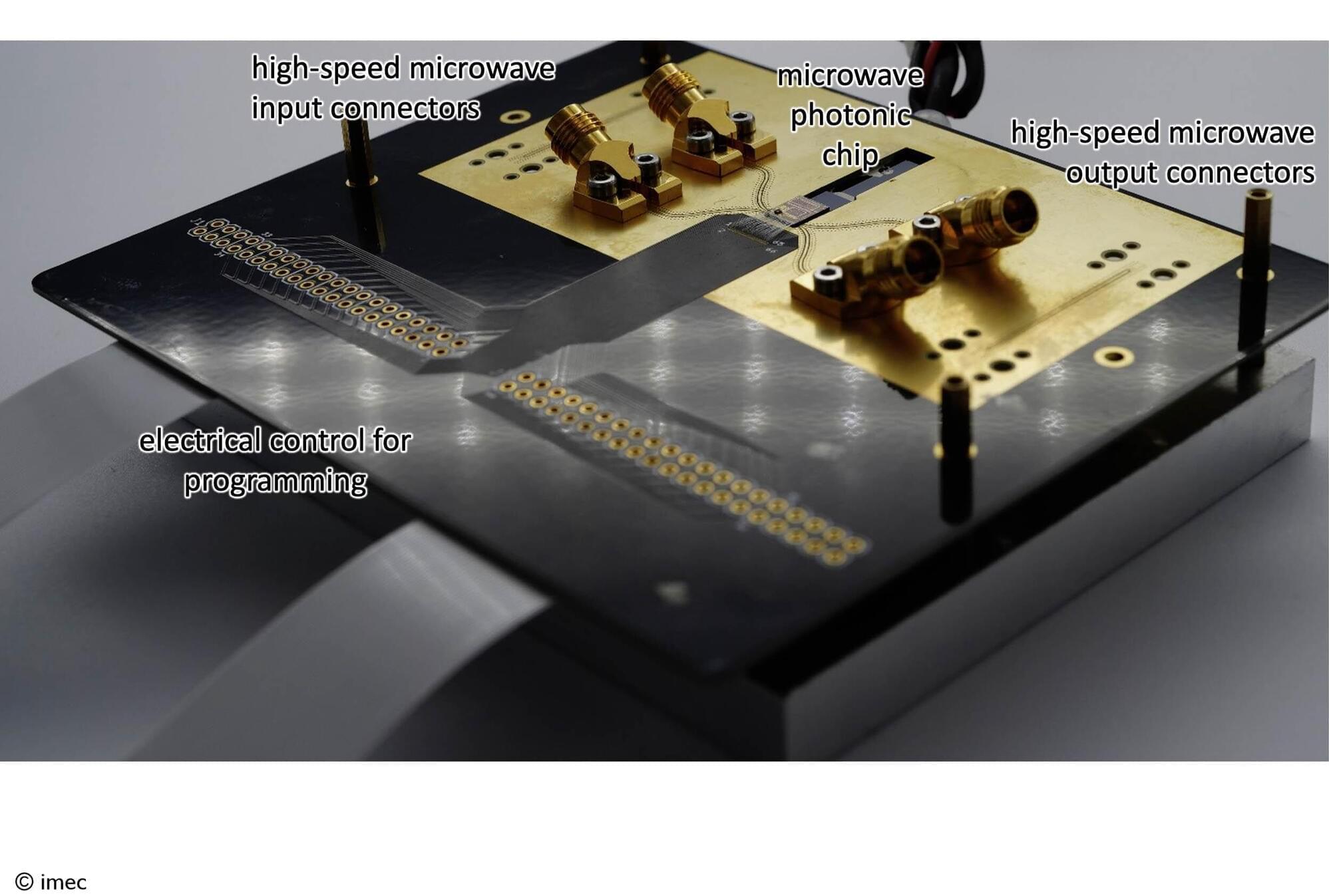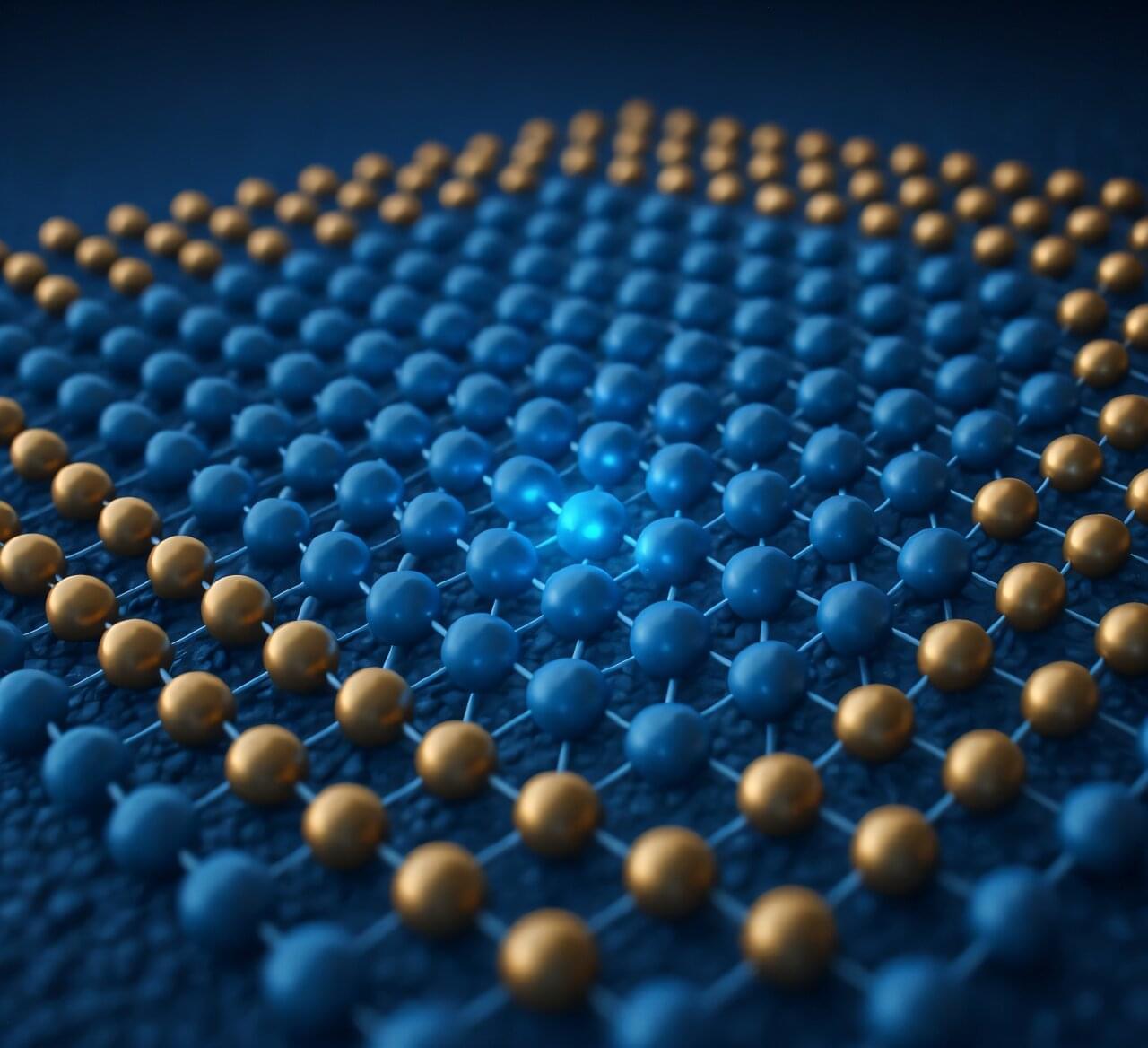Multiferroics are materials that exhibit more than one ferroic property, typically ferroelectricity (i.e., a spontaneous electric polarization that can be reversed by electric fields) and ferromagnetism (i.e., the spontaneous magnetic ordering of electron spins). These materials have proved promising for the development of various new technologies, including spintronics, devices that exploit the spin of electrons to process and store information.
So far, physicists and material scientists have uncovered two distinct types of multiferroics, dubbed Type-I and Type-II multiferroics. In Type-I multiferroics, ferroelectricity and magnetism arise independently from distinct physical mechanisms, while in Type-II multiferroics, ferroelectricity is driven by magnetic ordering.
Researchers at Nanjing University of Science and Technology recently predicted the existence of a third type of multiferroics, referred to as Type-III multiferroics, in which magnetism is driven by ferroelectricity. Their paper, published in Physical Review Letters, could inspire future efforts aimed at identifying materials with the characteristics they described, which could be highly advantageous for the advancement of spintronics as well as other memory and information processing systems.









